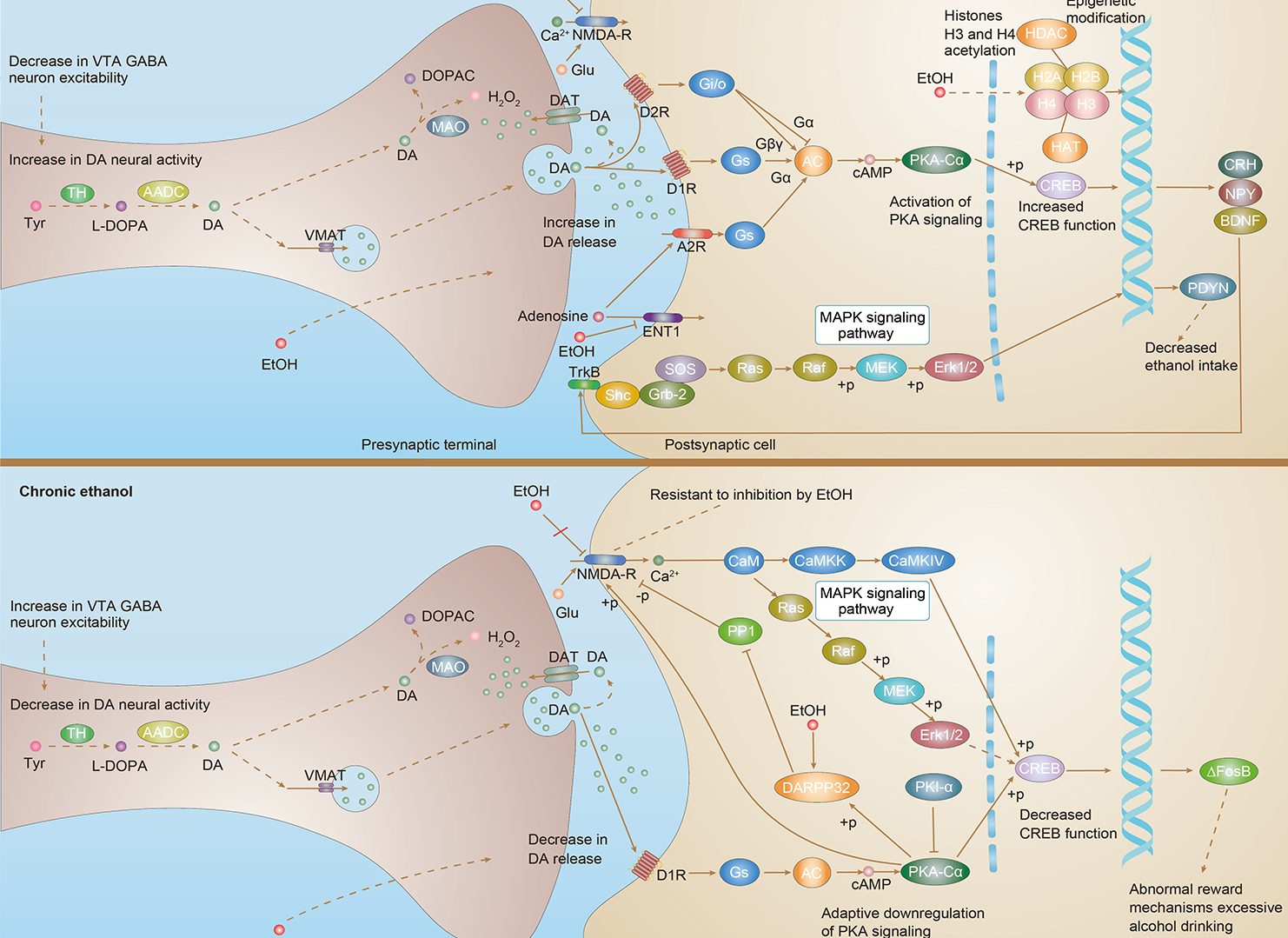Mouse Anti-HDAC4 Recombinant Antibody (VS3-CJ14) (CAT#: VS3-CJ14)
This product is a mouse antibody that recognizes HDAC4.

(Immunofluorescent staining of human cell line THP-1 shows localization to nucleoplasm, nuclear speckles & cytosol.)
* Image credit: Human Protein Atlas https://v21.proteinatlas.org/images/48723/1855_B7_15_cr5ad8881abe486_selected.jpg

(Immunohistochemical staining of human duodenum shows strong cytoplasmic positivity in glandular cells.)
* Image credit: Human Protein Atlas https://v21.proteinatlas.org/images/71448/168654_A_9_2_selected.jpg

(Immunofluorescent staining of human cell line U-2 OS shows localization to nuclear speckles.)
* Image credit: Human Protein Atlas https://v21.proteinatlas.org/images/48723/736_E10_1_red_green.jpg

(Neuronal cells
Staining:Medium
Intensity: Moderate
Quantity: 75%-25%
Location: Cytoplasmic/membranous
Neuropil
Staining:Medium
Intensity: Moderate
Quantity:>75%
Location: Cytoplasmic/membranous)
* Image credit: Human Protein Atlas https://v21.proteinatlas.org/images/71448/168654_B_9_5.jpg

(Endothelial cells
Staining:Medium
Intensity: Moderate
Quantity: 75%-25%
Location: Cytoplasmic/membranous
Glandular cells
Staining:High
Intensity: Strong
Quantity:>75%
Location: Cytoplasmic/membranous
Peripheral nerve/ganglion
Staining:High
Intensity: Strong
Quantity:>75%
Location: Cytoplasmic/membranous)
* Image credit: Human Protein Atlas https://v21.proteinatlas.org/images/71448/168654_A_7_3.jpg

(Cells in tubules
Staining:Medium
Intensity: Strong
Quantity: <25%
Location: Cytoplasmic/membranous)
* Image credit: Human Protein Atlas https://v21.proteinatlas.org/images/71448/168654_A_9_5.jpg

(Cells in seminiferous ducts
Staining:Medium
Intensity: Moderate
Quantity: 75%-25%
Location: Cytoplasmic/membranous
Leydig cells
Staining:Medium
Intensity: Moderate
Quantity: 75%-25%
Location: Cytoplasmic/membranous)
* Image credit: Human Protein Atlas https://v21.proteinatlas.org/images/71448/168654_A_6_6.jpg

(Myocytes
Staining:Medium
Intensity: Moderate
Quantity: 75%-25%
Location: Cytoplasmic/membranous)
* Image credit: Human Protein Atlas https://v21.proteinatlas.org/images/71448/168654_B_2_6.jpg

(Germinal center cells
Staining:Medium
Intensity: Strong
Quantity: <25%
Location: Cytoplasmic/membranous
Non-germinal center cells
Staining:Medium
Intensity: Strong
Quantity: <25%
Location: Cytoplasmic/membranous)
* Image credit: Human Protein Atlas https://v21.proteinatlas.org/images/71448/168654_A_9_8.jpg

(Cell lines ordered by descending RNA expression order.)
* Image credit: Human Protein Atlas https://v21.proteinatlas.org/ENSG00000068024-HDAC4
Specifications
- Immunogen
- Recombinant fragment of human HDAC4 (N-terminus)
- Host Species
- Mouse
- Type
- Mouse IgG
- Specificity
- Human HDAC4
- Species Reactivity
- Human
- Applications
- WB, ELISA
- Conjugate
- Unconjugated
Product Property
- Purification
- Protein G affinity purified
- Purity
- >95% as determined by SDS-PAGE
- Format
- Liquid
- Concentration
- 1 mg/mL (lot specific)
- Buffer
- 50% Glycerol, 1% BSA, PBS, pH7.4.
- Preservative
- 0.02% sodium azide
- Storage
- Store at 4°C for short term. Aliquot and store at -20°C for long term. Avoid repeated freeze/thaw cycles.
- Shipping
- Ice packs
Applications
- Application Notes
- This antibody has been tested for use in ELISA (1:5000-1:20000), Western Blot (1:100-1:2000).
Target
- Alternative Names
- HD4; AHO3; BDMR; HDACA; HA6116; HDAC-4; HDAC-A; NEDCHF; NEDCHID
- Gene ID
- 9759
- UniProt ID
- P56524
- Sequence Similarities
- Belongs to the histone deacetylase family. HD type 2 subfamily.
- Cellular Localization
- Cytoplasm, Nucleus
- Post Translation Modifications
- Phosphorylated by CaMK4 at Ser-246, Ser-467 and Ser-632. Phosphorylation at other residues by CaMK2D is required for the interaction with 14-3-3. Phosphorylation at Ser-350, within the PxLPxI/L motif, impairs the binding of ANKRA2 but generates a high-affinity docking site for 14-3-3.
Sumoylation on Lys-559 is promoted by the E3 SUMO-protein ligase RANBP2, and prevented by phosphorylation by CaMK4.
- Protein Refseq
- NP_006028.2
- Function
- Responsible for the deacetylation of lysine residues on the N-terminal part of the core histones (H2A, H2B, H3 and H4). Histone deacetylation gives a tag for epigenetic repression and plays an important role in transcriptional regulation, cell cycle progression and developmental events. Histone deacetylases act via the formation of large multiprotein complexes. Involved in muscle maturation via its interaction with the myocyte enhancer factors such as MEF2A, MEF2C and MEF2D. Involved in the MTA1-mediated epigenetic regulation of ESR1 expression in breast cancer. Deacetylates HSPA1A and HSPA1B at 'Lys-77' leading to their preferential binding to co-chaperone STUB1 (PubMed:27708256).
Recommended Products
Isotype Control
Secondary Antibody
Recommended Dilution Buffer
Related Resources
Product Notes
This is a product of Creative Biolabs' Hi-Affi™ recombinant antibody portfolio, which has several benefits including:
• Increased sensitivity
• Confirmed specificity
• High repeatability
• Excellent batch-to-batch consistency
• Sustainable supply
• Animal-free production
See more details about Hi-Affi™ recombinant antibody benefits.
Downloads
Download resources about recombinant antibody development and antibody engineering to boost your research.
See other products for "HDAC4"
Recombinant Antibody
| CAT | Product Name | Application | Type |
|---|---|---|---|
| DrMAB-344 | Human Anti-HDAC4 Recombinant Antibody (clone D430) | ELISA, IP-MS | Human IgG |
| ZG-0415J | Mouse Anti-HDAC4 Recombinant Antibody (ZG-0415J) | WB, ELISA | Mouse IgG |
| ZG-0416J | Mouse Anti-HDAC4 Recombinant Antibody (ZG-0416J) | WB | Mouse IgG |
| ZG-0417J | Mouse Anti-HDAC4 Recombinant Antibody (ZG-0417J) | WB | Mouse IgG |
| VS3-CJ1052 | Rabbit Anti-HDAC4 Recombinant Antibody (VS3-CJ1052) | WB, ICC, IF | Rabbit IgG |
Rabbit Monoclonal Antibody
| CAT | Product Name | Application | Type |
|---|---|---|---|
| MOR-1576 | Rabbit Anti-HDAC4 Recombinant Antibody (clone DS1576AB) | ICC, IF, WB | Rabbit IgG |
Customer Reviews and Q&As
There are currently no Customer reviews or questions for VS3-CJ14. Click the button above to contact us or submit your feedback about this product.
View the frequently asked questions answered by Creative Biolabs Support.
For Research Use Only. Not For Clinical Use.
For research use only. Not intended for any clinical use. No products from Creative Biolabs may be resold, modified for resale or used to manufacture commercial products without prior written approval from Creative Biolabs.
This site is protected by reCAPTCHA and the Google Privacy Policy and Terms of Service apply.

 Alcoholism
Alcoholism
